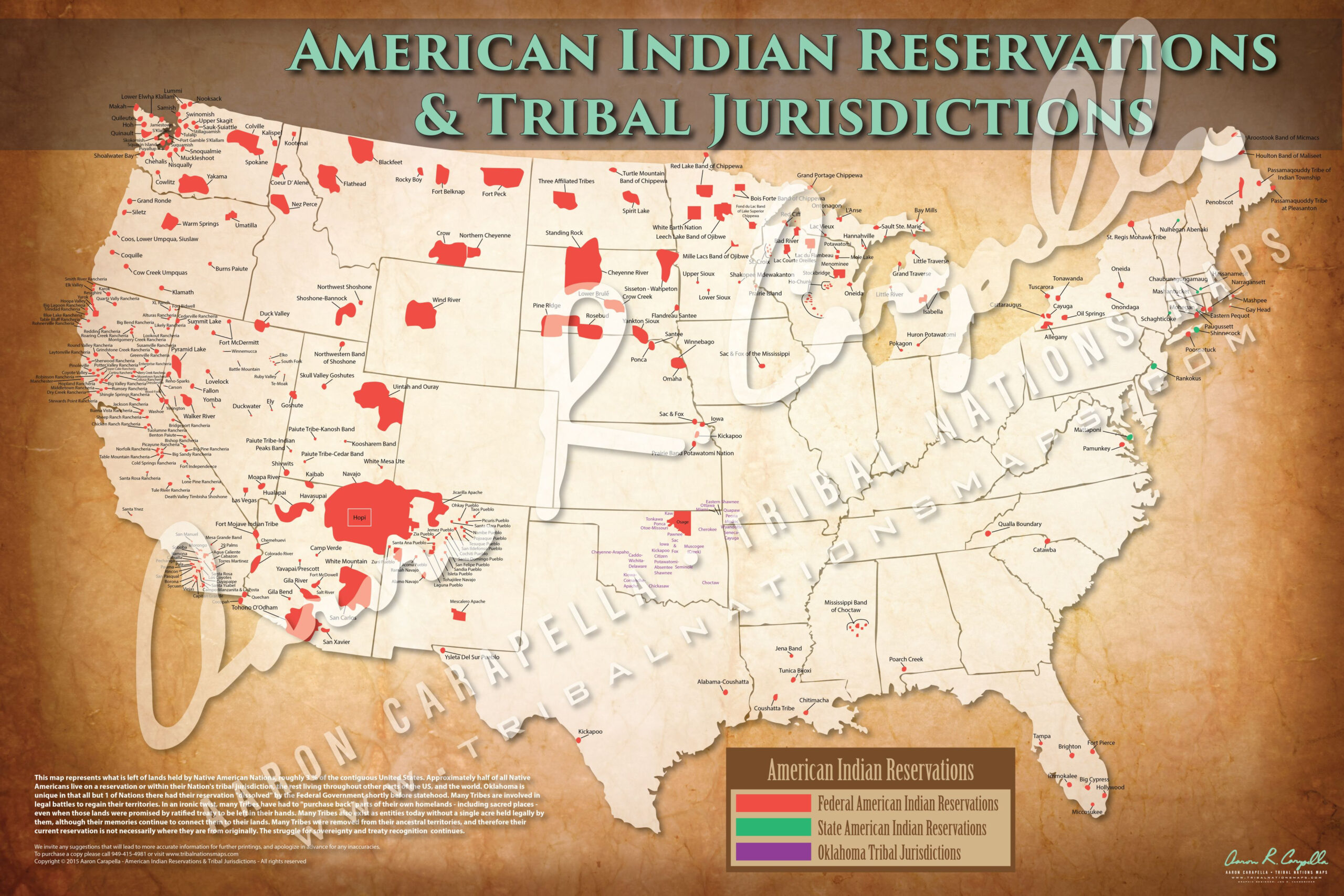California’s Hidden Worlds: Exploring the State’s Indian Reservations
California’s Hidden Worlds: Exploring the State’s Indian Reservations

California, the Golden State, is known for its sunshine, beaches, and bustling cities. But beyond the tourist traps and Hollywood glamour lies a rich and complex tapestry of history and culture woven by its Native American tribes. These tribes, who have called California home for millennia, continue to thrive on reservations scattered across the state, each with its unique story to tell.
This article dives into the fascinating world of California’s Indian reservations, shedding light on their history, challenges, and the vibrant cultural traditions that still flourish. We’ll explore the diverse landscapes, unique cultural practices, and the ongoing fight for sovereignty and self-determination. So, buckle up and get ready to discover a side of California that’s often overlooked but undeniably captivating.
Related Articles: California’s Hidden Worlds: Exploring the State’s Indian Reservations
- Fueling Up On The Rez: Your Guide To Finding Indian Reserve Gas Stations Near You
- Discover the Enigmatic World of California's Largest Native American Tribe
- Unveiling Native American Heritage: Discoveries from Florida's Tribal Nations
- Unveil the Hidden Histories of Native Tribes in the Heart of New York City
- Unveiling the Vastness: Discover the True Scale of the Flathead Indian Reservation
A Brief History of California’s Native American Tribes
Before the arrival of European settlers, California was home to over 100 distinct Native American tribes, each with its own language, customs, and territory. These tribes were incredibly diverse, adapting to the state’s varied landscapes, from the towering redwoods of the north to the arid deserts of the south.
The arrival of European settlers in the 18th century marked a devastating turning point for California’s Native population. Diseases like smallpox ravaged their communities, and the Spanish mission system, established in the late 1700s, forced many tribes into forced labor and cultural assimilation.
Following California’s admission to the Union in 1850, the state government continued its aggressive policies of dispossession and forced relocation. The infamous "Indian Removal Act" of 1830, while not directly applicable to California, served as a blueprint for the state’s own policies. By the late 19th century, the Native population had been decimated, and many tribes were forced onto reservations, often on the least desirable land.
The Fight for Self-Determination
Despite the hardships they faced, California’s Native tribes have never given up their fight for self-determination. Throughout the 20th century, they actively campaigned for the recognition of their treaty rights and the right to govern themselves. The Indian Reorganization Act of 1934, while imperfect, marked a turning point, allowing tribes to establish their own governments and manage their own affairs.
This fight for self-determination continues today. Tribes are working to reclaim their ancestral lands, protect their cultural heritage, and develop sustainable economic opportunities. They are also fighting against the ongoing impacts of colonization, including environmental degradation, poverty, and lack of access to healthcare and education.
Exploring California’s Reservations: A Tapestry of Diversity

California’s Indian reservations offer a unique glimpse into the diverse cultural heritage of the state’s Native American tribes. Each reservation has its own distinct language, traditions, and cultural practices, reflecting the unique history and environment of the tribe. Here are just a few examples:
- The Pala Band of Mission Indians: Located in San Diego County, the Pala Band is known for its stunning natural beauty and its strong commitment to preserving its traditional culture. The tribe operates a successful casino, which has helped to revitalize its economy and provide essential services to its members.
- The Pechanga Band of Luiseno Indians: Located in Riverside County, the Pechanga Band is known for its stunning casino, which has become a major economic engine for the tribe. The Pechanga Band is also deeply committed to preserving its cultural heritage, hosting a variety of cultural events and programs throughout the year.
- The Yurok Tribe: Located in Humboldt County, the Yurok Tribe is known for its deep connection to the Klamath River and its rich cultural traditions, including fishing, basket weaving, and traditional dance. The tribe is actively working to restore the health of the Klamath River, which is essential to its cultural and economic well-being.
- The Morongo Band of Mission Indians: Located in San Bernardino County, the Morongo Band is known for its large casino, which has helped to generate significant revenue for the tribe. The Morongo Band also operates a variety of businesses, including a hotel, a golf course, and a spa. They are also actively involved in environmental conservation and community development.

Beyond the Casinos: A Rich Cultural Heritage
While casinos have played a significant role in the economic development of many reservations, it’s important to remember that they represent just one aspect of tribal life. California’s Native tribes are vibrant and diverse communities with rich cultural traditions that extend far beyond gaming.
- Traditional Arts and Crafts: Many tribes are known for their beautiful traditional arts and crafts, including beadwork, basket weaving, pottery, and carving. These crafts are not just beautiful objects but also serve as powerful expressions of cultural identity and connection to the land.
- Language Revitalization: Many tribes are working to revitalize their traditional languages, which were nearly lost due to colonization and assimilation. Language revitalization programs are essential to preserving cultural heritage and empowering future generations.
- Cultural Events and Festivals: Many tribes host cultural events and festivals throughout the year, celebrating their traditions and sharing them with the wider community. These events often feature traditional dance, music, storytelling, and food.

Challenges and Opportunities
Despite their resilience and cultural vibrancy, California’s Native tribes continue to face significant challenges. These include:
- Poverty: Many reservations experience high rates of poverty, unemployment, and lack of access to essential services.
- Health Disparities: Native Americans face significantly higher rates of chronic disease and mortality than the general population. This is due to a combination of factors, including historical trauma, lack of access to healthcare, and environmental hazards.
- Environmental Degradation: Many reservations are located on land that has been degraded by pollution, deforestation, and other forms of environmental damage. This has a significant impact on the health and well-being of tribal communities.
- Lack of Resources: Many tribes lack the resources to address these challenges, due to historical dispossession, ongoing discrimination, and inadequate funding.
Despite these challenges, California’s Native tribes are also finding opportunities for growth and empowerment.
- Economic Development: Many tribes are developing sustainable economic opportunities through tourism, gaming, agriculture, and other industries.
- Education: Many tribes are investing in education, providing opportunities for their youth to learn about their cultural heritage and prepare for the future.
- Political Advocacy: Tribes are actively advocating for their rights and interests at the local, state, and federal levels.
Understanding and Respect
It’s important to remember that California’s Indian reservations are not just tourist destinations or historical relics. They are living, breathing communities with rich cultures, vibrant traditions, and a deep connection to the land.
When visiting a reservation, it’s essential to approach it with respect and sensitivity. Here are a few tips for respectful engagement:
- Learn about the tribe’s history and culture: Take the time to learn about the tribe’s language, traditions, and history.
- Be mindful of your language and behavior: Avoid using offensive language or stereotypes.
- Respect tribal sovereignty: Remember that reservations are sovereign nations with their own laws and customs.
- Support tribal businesses: When possible, patronize tribal businesses and support tribal economic development.
- Be an advocate for Native American rights: Educate yourself about the challenges faced by Native American communities and speak out against injustice.
Conclusion
California’s Indian reservations offer a unique and fascinating window into the state’s rich and complex history. They are home to vibrant communities with strong cultural traditions, a deep connection to the land, and a resilient spirit. By understanding and respecting the history, culture, and sovereignty of these tribes, we can contribute to a more just and equitable future for all Californians.
FAQ: Indian Reservations in California
Q: How many Indian reservations are there in California?
A: California is home to 109 federally recognized Indian tribes and 54 reservations.
Q: What are the main economic activities on California’s reservations?
A: While casinos have become a major economic driver for many tribes, other economic activities include tourism, agriculture, forestry, and tribal government operations.
Q: Can I visit a California reservation?
A: Many reservations welcome visitors, but it’s important to respect tribal sovereignty and customs. Some reservations may require visitors to obtain permission or follow specific guidelines.
Q: How can I support California’s Native American tribes?
A: You can support California’s Native American tribes by learning about their history and culture, patronizing tribal businesses, advocating for their rights, and contributing to organizations that support tribal self-determination.

Closure
Thus, we hope this article has provided valuable insights into California’s Hidden Worlds: Exploring the State’s Indian Reservations. We appreciate your attention to our article. See you in our next article!